Five of the Easiest Ways to Deshed a Dog
As just about every groomer knows, almost all dogs shed. No one expects the sleek pitbull or greyhound they fell in love with at the shelter to leave unruly piles of fur around their house, but after a few months, the fur does add up! If you’re getting fed up with watching your dog’s every move with one hand on the vacuum cleaner, you might be interested in learning how to effectively and easily deshed your dog.
Desheding will not only make for a happy pet owner — your dog will appreciate the process as well, since deshedding removes loose fur so that your dog can blossom into their comfy new coat with ease.
Why Do Dogs Shed?
Shedding is a natural part of a dog’s life—it’s how they get rid of dead hair from their coat. While all dogs shed to some extent, the amount can vary quite a bit depending on the breed, the season, and their overall health. Double-coated breeds like German Shepherds and Huskies tend to shed more heavily, especially during seasonal changes when they "blow their coat." This happens because shifts in daylight trigger hormonal changes that influence the hair growth cycle.
Diet, stress levels, and general health can also impact how much a dog sheds. While regular shedding is completely normal, excessive hair loss can sometimes be a sign of underlying issues like allergies or skin conditions, and it’s a good idea to check with a vet if you notice anything unusual.
What Is Deshedding?
Deshedding is the process of proactively removing loose, dead hair from your dog's coat before it ends up all over your home. Unlike regular brushing which mainly addresses the topcoat, deshedding targets the undercoat where most loose fur accumulates. Specialized deshedding tools are designed to reach through the topcoat to gently remove loose undercoat hair without damaging the healthy fur.
This process is particularly important for double-coated breeds but benefits virtually all shedding dogs. With consistent deshedding sessions, you can dramatically cut down on the amount of fur around your home—and keep your dog feeling more comfortable, too.
How to Deshed a Dog
Here are five simple and effective deshedding methods to help keep both you and your furry companion comfortable, and your home fur-free. Remember, every dog is unique, so each grooming session will vary based on their breed and size.
1. Brush Regularly
The simplest and easiest way to prevent excessive shedding is to establish a regular brushing routine. Depending on the breed, your dog may be shedding a little bit every day or in huge quantities a few times per year. When your dog is shedding, it's essential to give them scheduled brushing sessions in order to clear out all the dead fur that builds up under the coat. These could be daily to weekly, depending on the breed and time of year.
Before you begin, make sure to research the proper type of brush that's most effective for your breed.
When brushing, try to be as gentle as you would be with your own hair — dogs feel the pain of knots being roughly combed out just the same as we do! Also make sure you are moving in the same direction that the hair grows — out and away from the body — in order to avoid irritating your pup's sensitive skin.
Brushing Shorter Coats
Short-coated breeds like Beagles, Boxers, and Labradors require specific brushing techniques. Start with a rubber curry brush or grooming mitt to loosen dead hair and stimulate the skin. Use gentle circular motions, which helps bring loose fur to the surface. Follow with a bristle brush, working in the direction of hair growth to remove the loosened fur.
Short sessions of 5-10 minutes, 2-3 times weekly, are typically sufficient for these breeds. Though their shedding may seem less noticeable than long-haired dogs, regular brushing is still essential to maintain coat health and minimize shedding. Finish by wiping down with a damp microfiber cloth to collect any remaining loose hairs.
Brushing Long or Curly Coats
Long or curly-coated breeds like Poodles, Shih Tzus, and Golden Retrievers require a methodical approach to prevent mats and tangles. Start by using a slicker brush to gently work through the coat, addressing one small section at a time. For curly coats, hold the fur at the base while brushing to prevent pulling. For long coats, use a wide-toothed deshedding comb to ensure all layers are addressed.
Pay special attention to areas prone to matting: behind the ears, under the collar, armpits, and groin. Regular maintenance for these coat types should include 15-20 minute sessions a few times weekly, a professional groomer can be beneficial once every 4-6 months.
2. Bathe Regularly
Bathing is another practice that most dog owners already follow religiously, but this can be an essential step to deshedding your dog. By smoothing and cleaning the fur, a hearty washing can allow old, dead fur trapped by a dog's skin to slip out more easily. Just be careful to research the right frequency for your dog — overbathing can lead to dry skin for certain breeds. Always end on a positive note with treats or praise!
3. Use a Dedicated Deshedding Shampoo and Conditioner
To get the best results from bathing, use a specially formulated deshedding shampoo and conditioner set. These products help smooth out fur and coax old hair trapped underneath to the surface. Deshedding shampoos and conditioners can work wonders, especially for long-haired breeds that trap their shedded hairs underneath layers of long fur.
4. Brush After Baths
Although most dogs will not be comfortable taking baths every time you want to brush them, brushing for deshedding is radically more effective just after your dog has come out of the bath. Bathing smoothes longer fur against the skin and calms quarrelsome tangles. That means that shedded hair trapped against the skin can be accessed much more easily with a brush. For best results, try brushing your dog before and after a bath.
5. Use a Dog Dryer (BEST)
For short-haired dogs, you can often achieve an effective deshedding with only the steps above. But for double coated or fluffy doggies, there is nothing that beats the performance of a high velocity dog dryer. These fancy-sounding contraptions are ultra high-powered versions of the blow dryers you use every day, the difference being that they rely more on air speed than heat to dry out the hair and fur.
Beyond just banishing the salty smell of wet dog, specialized dog dryers blow away most of the shedded fur that is left on a dog's body, in what is known as a high velocity deshedding treatment, sometimes enabling even the furriest dogs to go three weeks without leaving hair trails around your house.
Benefits of Deshedding
Regular deshedding provides several important benefits for both your dog and your household. For pet owners, it significantly cuts down on loose fur accumulating on furniture, floors, and clothing. For your dog, deshedding helps maintain healthy skin by removing dead hair that can trap moisture and lead to irritation. It also improves airflow to the skin, reducing the likelihood of hot spots and other skin conditions.
Additionally, the process stimulates the production of natural oils, resulting in a shinier, healthier-looking coat. Deshedding also creates a great opportunity to bond with your dog while checking for potential concerns such as skin issues, parasites, or unusual lumps that may require veterinary attention.
Using Your Dog's Diet to Help With Shedding
Your dog's diet plays a crucial role in coat health and shedding. A balanced diet rich in omega-3 and omega-6 fatty acids supports healthy skin and reduces excessive shedding. Look for dog foods with quality protein sources like chicken, beef, or fish as the first ingredient. Supplements such as fish oil can be beneficial, especially during seasonal shedding periods.
Adequate hydration is equally important – make sure your dog always has access to fresh water. Some dogs benefit from foods containing biotin, zinc, and vitamin E, which support skin and coat health. Always talk with your veterinarian before making significant dietary changes, especially if your dog has existing health conditions.
Fur-Free Floors and a Happy Pup
Keeping your home fur free is a never-ending battle that can never be completely won. But if you want to dramatically decrease the fur levels on your floors — and keep your dog more comfortable in the process! —then use these five deshedding techniques to learn how professional dog groomers deshed their dogs.
With regular maintenance and the right tools, you'll not only reduce the amount of fur around your home but also contribute to your dog's overall health and comfort. Remember that deshedding is not just about cleanliness—it's an act of care that strengthens the bond between you and your furry companion.




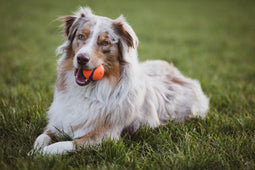
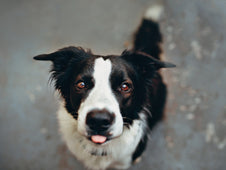
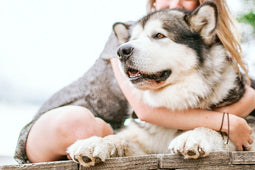
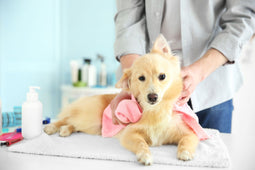
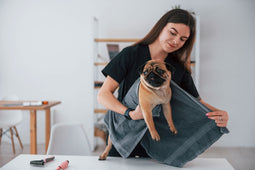

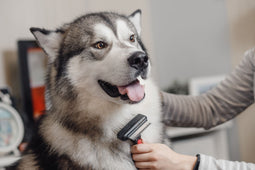
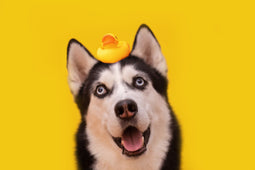




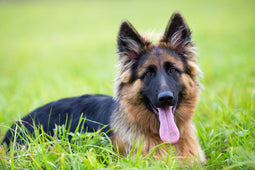


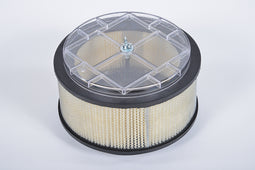
 Professional Single or Dual Motor
Professional Single or Dual Motor
Great advice much appreciated👍👍😊😊😊!!!!